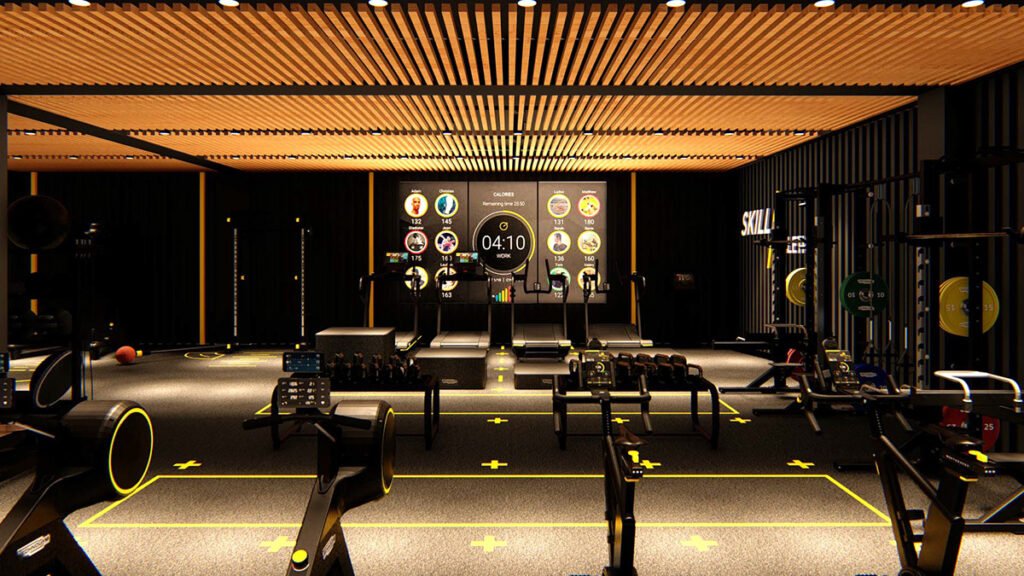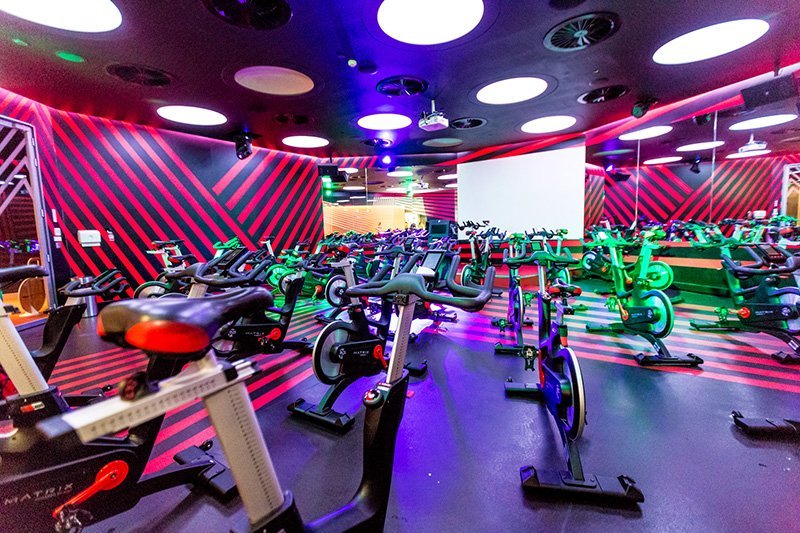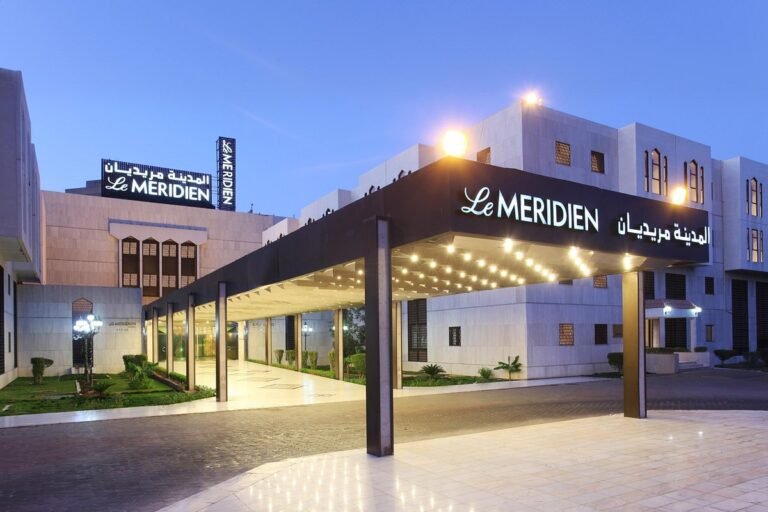Introduction to the Saudi Arabia Health and Fitness Club Market
The health and fitness club market in Saudi Arabia has witnessed significant growth over recent years, reflecting an increasing emphasis on health and wellness among the population. Currently, the market is experiencing an upward trajectory, with projections indicating that it will reach a market value of USD 1.32 billion by 2024. This growth is underpinned by several key factors that are reshaping the landscape of health and fitness in the region.
One of the primary drivers of this market expansion is the heightened awareness of health and wellness among Saudi citizens. There has been a marked shift in public attitudes towards physical fitness and healthy living, driven by educational campaigns and a growing understanding of the long-term benefits of an active lifestyle. This shift is further supported by government initiatives aimed at promoting physical activity as part of the Saudi Vision 2030 plan, which seeks to reduce the prevalence of lifestyle-related diseases and enhance the quality of life for its citizens.



Additionally, the burgeoning middle-class population in Saudi Arabia, characterized by increased disposable income, has contributed to the rising demand for health and fitness services. As more individuals find themselves with the financial capacity to invest in personal well-being, the demand for diverse and high-quality fitness facilities has surged. This includes a growing interest in specialized fitness programs, state-of-the-art gym equipment, and wellness services that cater to a wide array of preferences and needs.
The combination of these factors has created a fertile environment for the health and fitness industry to flourish. As the market continues to grow, it is expected to see further diversification and innovation in fitness offerings, catering to the evolving demands of a health-conscious population. This dynamic market environment presents numerous opportunities for both local and international players looking to capitalize on the expanding health and fitness trend in Saudi Arabia.
Key Drivers of Market Growth
The health and fitness club market in Saudi Arabia is poised for significant growth, with a projected Compound Annual Growth Rate (CAGR) of 11.56% from 2024 to 2029. Several key factors are driving this expansion, beginning with governmental policies and initiatives. Chief among these is Vision 2030, a transformative economic and social reform plan aimed at diversifying the economy and promoting public health. Vision 2030 underscores the importance of physical fitness and well-being, encouraging both private and public sectors to invest in health and fitness infrastructure.

Urbanization is another critical factor contributing to market growth. As more people move to urban areas, the demand for health and fitness facilities rises. Urban lifestyles often come with increased awareness of health and fitness, further fueling the market. This trend is complemented by a rising health consciousness among the Saudi population. More individuals are recognizing the benefits of an active lifestyle, which is driving them to seek memberships in health and fitness clubs.
Social media and fitness influencers also play an influential role in shaping public attitudes towards health and fitness. Platforms like Instagram and YouTube have become hubs for fitness inspiration, with influencers promoting everything from workout routines to healthy eating habits. This has led to a surge in interest, particularly among younger demographics, who are more likely to follow trends and adopt new fitness regimes.
Technological advancements are significantly impacting the health and fitness club market as well. The proliferation of fitness apps and wearable technology has made it easier for individuals to monitor their health metrics, set fitness goals, and track progress. These tools not only enhance the user experience but also drive engagement, making fitness a more accessible and integral part of daily life.
Collectively, these drivers create a robust framework for market growth, ensuring that the health and fitness club industry in Saudi Arabia continues to thrive in the coming years.
Current Trends and Consumer Preferences
The health and fitness club market in Saudi Arabia is witnessing a significant transformation, driven by evolving consumer preferences and a surge in demand for specialized fitness solutions. One notable trend is the growing popularity of boutique fitness studios, which offer a more personalized and community-oriented experience compared to traditional gyms. These studios specialize in various niche fitness programs, such as Pilates, yoga, CrossFit, and high-intensity interval training (HIIT), catering to diverse interests and fitness goals.

Another key trend is the increasing focus on personalized fitness plans. Consumers are gravitating towards tailored workout regimes that align with their specific health objectives, whether it’s weight loss, muscle building, or overall wellness. This shift is facilitated by advancements in fitness technology, such as wearable devices and fitness apps, which enable individuals to track their progress and receive customized training recommendations. Personal trainers and nutritionists are also in high demand, providing expert guidance and support to help clients achieve their fitness aspirations.
High-end amenities and convenience are paramount for today’s health and fitness club members. Modern fitness centers are incorporating luxurious features like spa services, swimming pools, and state-of-the-art equipment to enhance the overall member experience. Additionally, the convenience factor is being addressed through flexible membership options, 24/7 access, and the integration of digital platforms for online class bookings and virtual workouts.

Cultural shifts, particularly among the younger generation, are significantly influencing the health and fitness landscape in Saudi Arabia. There is a growing awareness of the importance of physical fitness and a healthy lifestyle, fueled by government initiatives such as Saudi Vision 2030, which aims to promote sports and physical activity across the nation. This younger demographic is more open to experimenting with new fitness trends and is actively seeking innovative fitness solutions that fit their dynamic lifestyles.
In terms of specific fitness programs, there is a noticeable rise in the popularity of functional training, which emphasizes exercises that mimic real-life movements. Group fitness classes, such as Zumba and spinning, continue to attract a loyal following, providing a fun and energetic environment for participants. Additionally, mixed martial arts (MMA) and boxing are gaining traction, appealing to those looking for intensive and engaging workout options.
Overall, the Saudi Arabian health and fitness club market is thriving, with diverse and evolving trends reflecting the changing preferences and lifestyles of its consumers. As the market continues to grow, fitness providers must stay attuned to these trends and adapt their offerings to meet the ever-changing demands of their clientele.
Future Outlook and Opportunities
The health and fitness club market in Saudi Arabia is poised for significant growth, with projections estimating it will reach USD 2.29 billion by 2029. This expansion presents a wealth of opportunities for investors and entrepreneurs looking to capitalize on the burgeoning demand for wellness and fitness services. To stay competitive and maximize potential returns, stakeholders should consider several key strategies.

Firstly, establishing strategic partnerships can be instrumental in securing a strong market position. Collaborations with established global fitness brands or local businesses can provide the necessary expertise, resources, and market penetration to thrive in this competitive landscape. Additionally, forming alliances with healthcare providers can create a holistic approach to wellness, thereby attracting a broader customer base.
Market entry strategies should be carefully crafted to address the unique characteristics of the Saudi market. Understanding cultural preferences and local regulations is essential for success. Entrepreneurs should consider offering tailored fitness programs that cater to the diverse needs of the population, including women-only facilities and programs designed for youth and seniors.
Leveraging technology is another crucial factor in maintaining a competitive edge. The integration of digital tools such as fitness apps, virtual training sessions, and wearable technology can enhance the customer experience and provide valuable data insights. These innovations can help fitness clubs personalize services, track client progress, and improve overall engagement.

However, potential challenges must not be overlooked. Regulatory hurdles, such as obtaining necessary licenses and adhering to health and safety standards, can pose significant barriers to entry. Furthermore, market saturation in major cities may require businesses to explore opportunities in less penetrated regions to achieve sustainable growth.
Despite these challenges, the outlook for the health and fitness club market in Saudi Arabia remains optimistic. With a growing awareness of the importance of health and wellness, coupled with government initiatives to promote active lifestyles, the market is set to evolve and flourish. Investors and entrepreneurs who strategically navigate the landscape will be well-positioned to reap the benefits of this dynamic and expanding sector.
























+ There are no comments
Add yours